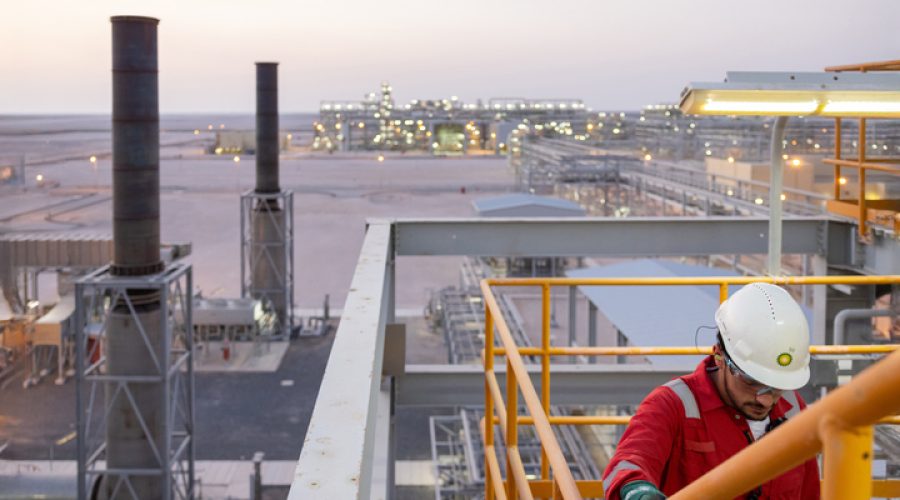Stable Oil and Gas Production in Oman: Implications for Investors and Business Growth Opportunities
Muscat, July 12 - ال طاقة و mining sectors are fundamental pillars supporting the national economy of Oman by providing strategic financial contributions to the state budget, thereby enhancing economic and social development efforts.
The Ministry of Energy and Minerals is committed to fostering a supportive environment for sustainable growth in these sectors by adopting global best practices and utilizing the latest technologies, which aids in expanding exploration efforts, achieving operational efficiency, increasing production rates, and boosting competitiveness.
في 2024, numerous positive indicators were reported across various sectors under the Ministry of Energy and Minerals. In the oil and gas sectors, total reserves of crude oil and condensates reached approximately 4.825 billion barrels, while natural gas reserves stood at 23.3 trillion cubic feet.
Oman has 475 producing fields, comprising 400 oil fields و 75 gas fields. Exploration and production companies drilled and tested 73 exploratory wells، مشتمل 54 oil wells و 19 gas wells.
Thanks to strategic guidance and balanced policies, Oman has maintained stable production levels in the oil and gas sectors, with an average daily production of crude oil and condensates around 992,600 barrels العام الماضي.
According to the annual report from the Ministry of Energy and Minerals, Oman’s exports of crude oil and condensates in 2024 were nearly 308.4 million barrels, with the average price of Omani oil barrel at $80.79.
The average daily production of natural gas was about 149.2 million cubic meters, consisting of 117.5 million cubic meters of non-associated gas and 31.7 million cubic meters of associated gas, while exports of natural liquefied gas reached 12 million tons عير 181 shipments.
The Ministry has also prioritized the development of the refining and petrochemical industry through continuous support for sector partners, exporting 122 million barrels of petroleum products, primarily in the form of diesel, jet fuel, and naphtha. Imports amounted to around 2 million barrels, reflecting the growing reliance on local production and increased efficiency in the value chain.
في energy transition, significant strides were made in 2024 to establish Oman as a regional center for renewable energy and green hydrogen, signing eight major agreements for hydrogen production—five in Al Dakhiliyah Governorate and three in Dhofar Governorate.
There was notable growth in the electricity و renewable energy sectors, with total electricity generation in the past year reaching about 49.1 terawatt-hours، أ 9% increase من 2023. Natural gas accounted for 91% of this production, while generated energy from renewable sources, including solar and wind, amounted to 2.4 terawatt-hours, highlighting progress in diversification plans.
The Ministry is advancing major projects, such as the Northern Solar Energy Project and two wind projects, “Wind 1” and “Wind 2,” alongside “Manah 1” and “Manah 2,” with a total capacity of 1,000 megawatts, expected to commence production between 2025 and 2026. These initiatives are projected to reduce emissions by over 1.4 million tons annually.
In the mining sector, total production of mineral ores reached around 67.7 million tons, with sales at 62.5 million tons valued at over 114.3 million Omani Rials. About 36 million tons of ores, primarily gypsum, limestone, and construction materials, were exported. The ministry continues to enhance its digital licensing framework to facilitate investment and bolster transparency.
Last year saw the activation of several strategic projects in the mining sector, including the Ghazeen copper extraction project, initially costing 43 million Omani Rials، و Washhi project in Al Mudhaibi, which began actual production exports in 2024, indicating growing investor confidence in the national mining sector.
ال Omanization rate in the oil and gas sector stands at 89%, while in mining, it is at 23%. والجدير بالذكر، Oman Oil Development Company achieved an Omanization rate exceeding 90%, hiring over 1,400 Omanis في 2024.
To strengthen local content, expenditures on small and medium enterprises in the energy sector reached nearly $1.8 مليار، يمثل 17.2% of total spending.
تحليل خاص من عمانت | تصفح سوق عُمان
The robust performance of Oman’s energy and minerals sectors is a pivotal driver for the national economy, presenting significant opportunities for businesses and investors. With the predicted growth in hydrogen production و renewable energy initiatives, entrepreneurs should capitalize on the shift towards sustainable practices while being mindful of تقلبات السوق و المخاطر الجيوسياسية. Strategic investment in local capabilities and technology adaptation will be key to thriving in this evolving landscape.
المصدر: أخبار عُمان


